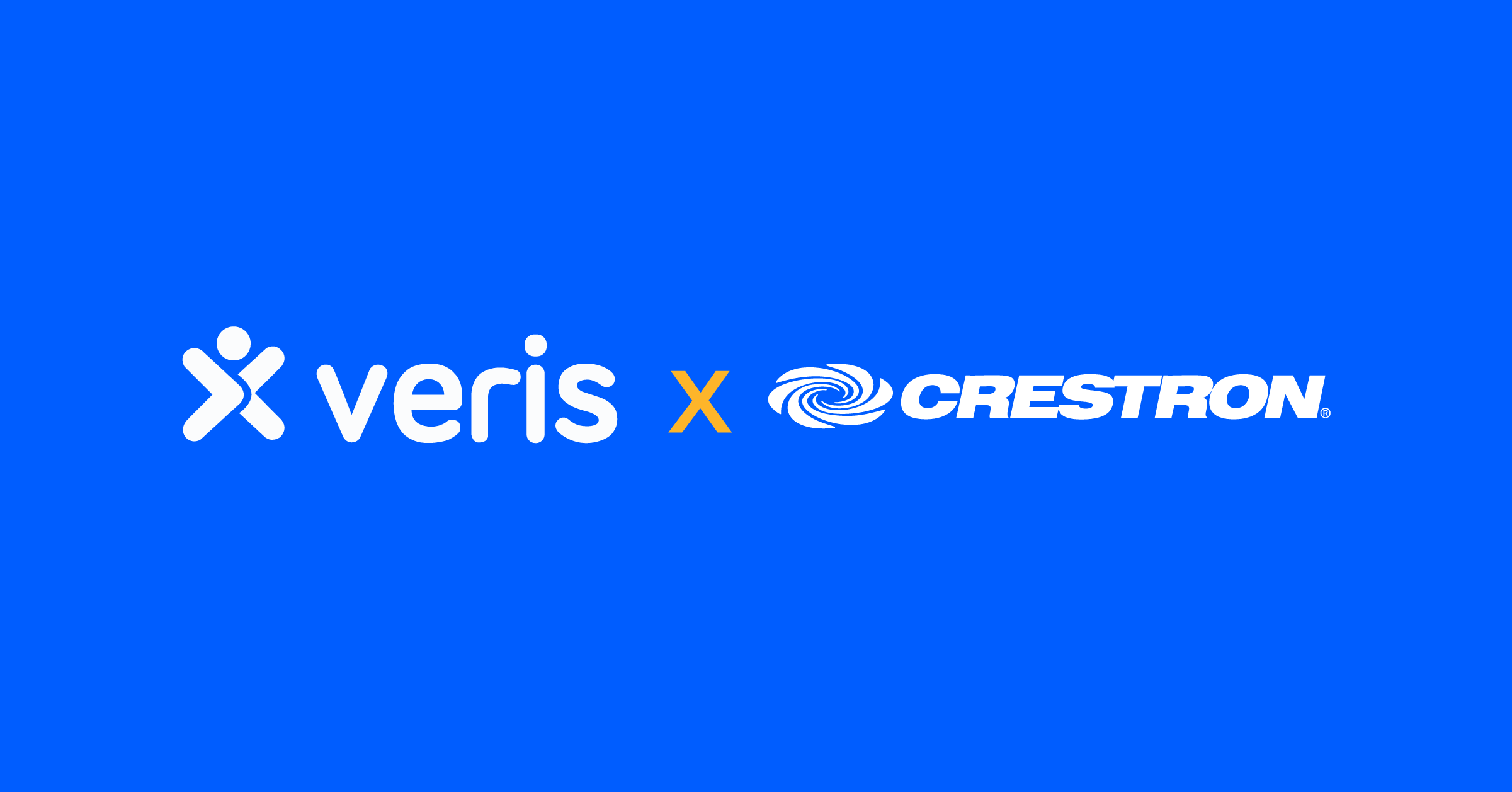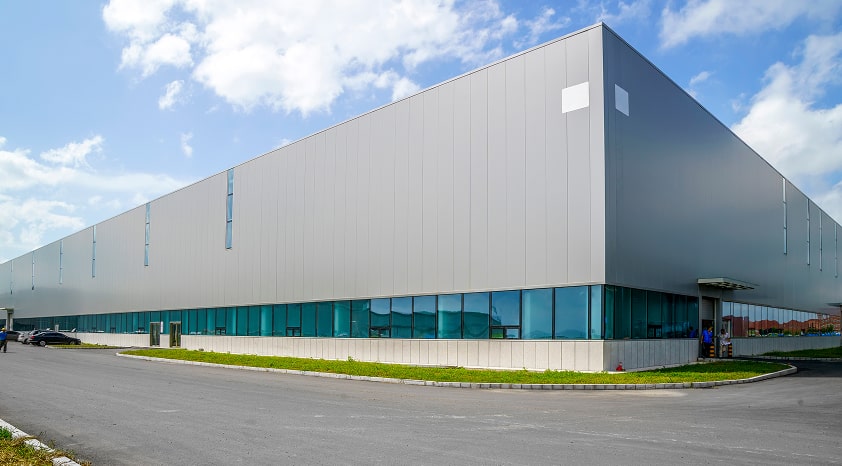Security systems have evolved significantly over time, with organizations requiring more flexible and dynamic solutions. One such advanced solution is Attribute-Based Access Control (ABAC), which offers precise and adaptable access management based on various attributes. Unlike traditional methods such as Role-Based Access Control (RBAC), which assign access based solely on roles, ABAC allows for more granular control by taking into account a broader range of factors, including user identity, environment, and the resources involved.
How ABAC Works:
Attribute-Based Access Control (ABAC) determines access permissions by evaluating a combination of these three attributes:
.avif)
The system uses policies that assess all these attributes before granting or denying access. This flexibility ensures that access is granted based on current and relevant criteria, making it more responsive to changing situations within a facility.
Advantages of ABAC for multi-tenant buildings
Multi-tenant buildings are spaces that house multiple businesses or organizations, which often have varying security requirements. Traditional security systems may struggle to manage the specific needs of each tenant without making administration cumbersome. However, ABAC offers a streamlined solution by tailoring access based on tenant-specific attributes.
For instance, ABAC can enforce access rules such as:
- Only allowing certain tenants or visitors to enter specific areas.
- Restricting access based on time, such as prohibiting entry after business hours.
- Tailoring access policies for different employee levels or departments within each tenant organization.
This level of granularity is particularly valuable in multi-tenant environments where ensuring a balance between security and convenience is crucial.
ABAC vs. RBAC in multi-tenant settings
The key difference between ABAC and RBAC lies in flexibility. RBAC assigns permissions based on predefined roles (e.g., manager, employee), making it suitable for simpler environments. However, it can become cumbersome in multi-tenant or commercial spaces where roles are not always static.
.avif)
ABAC, on the other hand, uses dynamic attributes to determine access on a case-by-case basis. This allows administrators to adapt policies more easily, giving ABAC a significant edge when it comes to handling the complex, varying requirements of tenants and employees.
Real-life use cases of ABAC in multi-tenant buildings
Many organizations in industries like healthcare, education, and finance have already implemented ABAC to better manage security. For example:
- In a shared office space, ABAC ensures that visitors can only access the designated floors and rooms for the tenant they are visiting, with restrictions on areas like server rooms or executive offices.
- In data centers, access to sensitive data can be restricted to employees working on certain projects, and only during office hours, further securing confidential information.
Attribute-Based Access Control (ABAC) provides a highly adaptable and fine-tuned approach to security in multi-tenant buildings. By leveraging attributes and contextual data, ABAC delivers better control over who can access specific areas, making it a future-proof solution for facilities with complex access needs. As the demand for dynamic, user-specific access control grows, ABAC is increasingly recognized as a leading solution.
Ready to enhance your building’s security with attribute-based access control (ABAC)?
Talk to our security experts today and explore how ABAC can tailor access control to your specific needs. Whether you manage a multi-tenant building or large commercial space, our solutions offer a perfect fit.
Schedule a demo now and see Veris powerful ABAC system in action
Let’s transform your security infrastructure together!





































.avif)
.avif)





